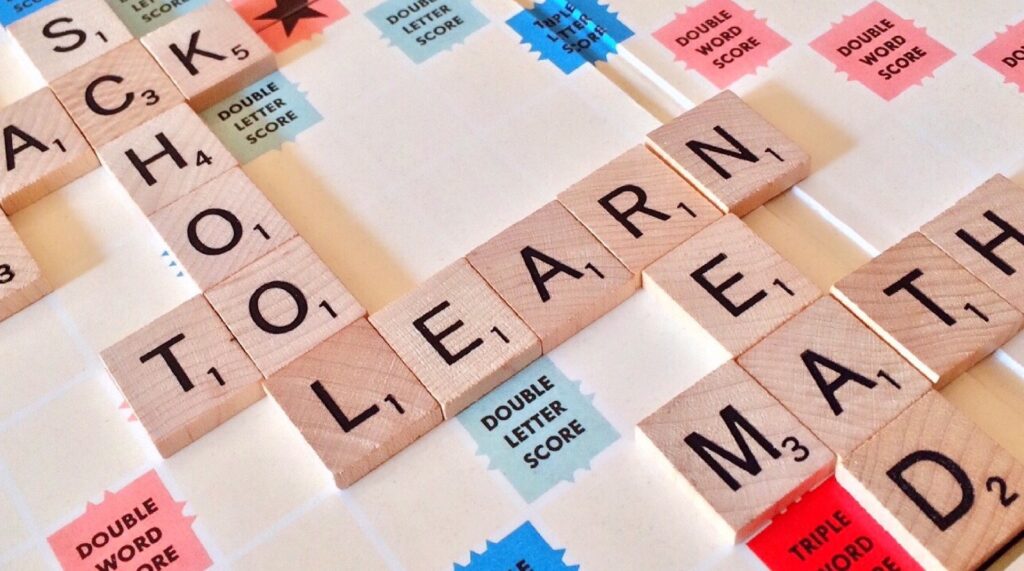In our day-to-day lives, we often take for granted the simple act of sitting down at a table. Tables are so ubiquitous that we don’t even think about them – but the truth is, they’re actually quite complex pieces of furniture. A well-designed table can make a big difference in the look and feel of a room, and can be the perfect finishing touch to any space. If you’re looking to add a new table to your home, or simply want to learn more about this essential piece of furniture, read on for 8 tips on everything from choosing the right size to selecting the perfect material.
Goodbye to the memorieta
It’s time to say goodbye to the memorieta and learn tables the right way! Here are some tips to help you along the way:
1. Start by learning the basic multiplication facts. You can use a multiplication chart or flashcards to help with this.
2. Once you know the basic facts, it’s time to start practicing your tables. A good way to do this is to make a table on a piece of paper and fill in the missing values.
3. Another great way to practice is by using online games or apps. There are many different ones available, so find one that you enjoy and stick with it!
4. Finally, don’t forget to keep reviewing regularly. Just a few minutes each day will help keep the information fresh in your mind and ensure that you’re always ready for whatever table test comes your way!
What should the child know before facing multiplication?
Calculadora is important for children to have a strong foundation in basic addition and subtraction before they start learning multiplication. Multiplication builds on these basic operations, so it is essential that children understand addition and subtraction before they move on to multiplication.
In addition, children should be familiar with the concept of place value before they start learning multiplication. Place value is the value of a digit in a number based on its position in the number. For example, in the number 1234, the 4 has a place value of 1 because it is in the ones position. The 3 has a place value of 10 because it is in the tens position. Understanding place value is important for understanding how multiplication works.
Finally, it is also helpful for children to be familiar with basic facts about common multiplication tables before they start learning multiplication. For example, they should know that 5 times 5 equals 25, or that 10 times 10 equals 100. Knowing these basic facts will make it easier for children to completemultiplication problems.
You already know how to add… Now what?
If you’re like most people, you probably learned how to add and subtract when you were in elementary school. And while that’s certainly a good foundation, it’s not the only math you’ll need to know in order to be successful in life.
In addition to addition and subtraction, you’ll also need to know how to multiply and divide. These operations are a bit more complicated than addition and subtraction, but they’re still relatively easy to learn with a little practice.
Once you’ve mastered the basics of multiplication and division, you can start learning about more advanced concepts such as fractions, decimals, and percentages. These topics can be a bit more challenging, but they’re essential for understanding many real-world situations.
With a solid understanding of basic mathematics, you’ll be well on your way to success in any area of life that requires mathematical skills. So keep practicing and don’t be afraid to ask for help if you need it!
Transforming unknown multiplications into known ones
To help your child understand the concept of multiplication Las Tablas, it can be helpful to start by transforming unknown multiplications into ones that they already know. For example, if your child is struggling to remember that 3 x 4 = 12, you can have them first calculate 2 x 4 = 8, and then add 3 + 8 to get 12.
You already have confidence… Study another one!
You already have confidence in your memory and ability to learn new things, so studying another language should be a breeze! Learning a new language can actually help improve your memory, as well as your communication skills. And with tables, you can easily review the material you need to know for exams.
No matter what you need to solve… Look!
If you’re stuck on a math problem, don’t give up! There are plenty of resources available to help you learn and understand the concepts. Here are a few tips to get you started:
1. No matter what you need to solve, look for a resource that can help you. There are tons of websites, videos, and books available on just about every math topic imaginable.
2. Start with the basics. If you’re having trouble with a specific concept, make sure you understand the basics first. Once you have a solid foundation, it’ll be easier to build on that knowledge and solve more difficult problems.
3. Practice, practice, practice! The more you work on solving problems, the better you’ll become at it. And once you get the hang of it, math can actually be pretty fun!
